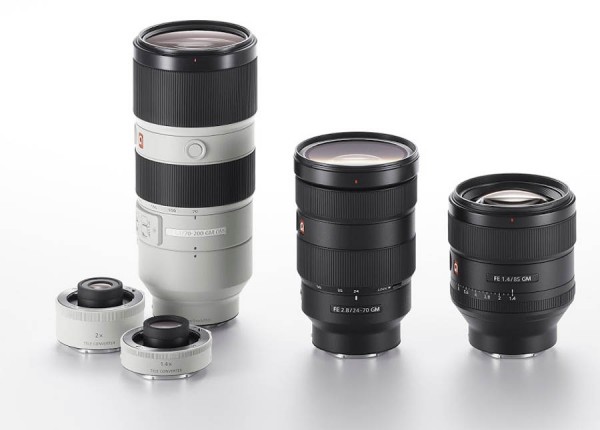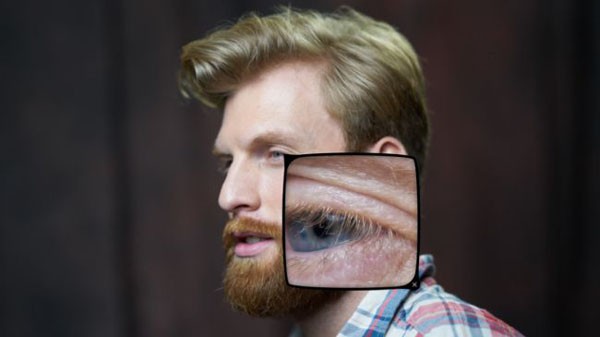
Sony has been doing the rounds the past few weeks in order to promote their newly-announced G Master Lenses while also giving us insight as to where they see photography going. While Canon and Nikon continue to be darlings in the photography circles, it’s more due to old habits that die hard and less because of any advantage they hold over Sony. In fact, when it comes to mirrorless, Sony has been the leader for the past four years.
Rod Lawton writes:
Sony flew journalists from across Europe to its Amsterdam HQ to see and try its new G Master lenses. It was a chance for Sony engineers to explain what they were trying to achieve with these new designs, and for journalists to try them out, get some pictures and get some technical insights straight from the people who made them.
Highlights from his experience with Sony lenses after the jump.
Just so that we all knew how sharp Sony’s new 84mm f/1.4 portrait lens was, the company fixed up a series of studio photo shoots. Normally, you’d expect a fast prime lens to deliver slightly soft detail at its maximum aperture, but the Sony 85mm f/1.4 GM was a revelation, with high contrast and super-crisp definition, even when opened right up at f/1.4.
In fact the biggest problem was the extremely shallow depth of field. First, we were shooting on full frame Sony A7R cameras, and larger sensors bring shallower depth of field right from the start. Second, the 85mm focal length is pretty long – depth of field diminishes with longer focal lengths. Third, f/1.4 is a very wide aperture. In fact it’s two stops faster than a pro f/2.8 zoom lens like the new 24-70mm f/2.8 G Master.

In fact, it’s almost as if Sony lenses are getting too good. The best analogy I can find is that we’re finally to a point where DCT cars can now outperform manual transmissions, due to how precise their timing and shifting has gotten.
In fact, it’s best to leave the camera in continuous shooting mode so that you can pick through the images later to find those focused at the perfect point.
This isn’t a fault with the Sony 85mm f/1.4, it’s an indication of its incredible resolution even at its maximum aperture – any focus error is clearly visible.
Luckily for us, Sony was also showing off their big lenses as well.
The 70-200mm f/2.8 telephoto zoom has become of one of the three essential lenses in any professional system. It can be used for anything from relatively close-range sports photography to portraits and events.
The constant f/2.8 maximum aperture means there’s no need to rethink the available lens apertures in manual mode just because you’re changing the zoom setting, and you can use faster shutter shutter speeds in low light. This lens does have its own internal optical stabilization (OSS) mechanism, but that can only counter camera movement – if your subject itself is moving, then a faster shutter speed is the only thing that can freeze it.
Lawton also explains why Sony calls their G Master Lenses “tomorrow’s lenses today”:
At the heart of the G Master system is Sony’s new XA lens technology. It’s found a way of manufacturing aspherical lens elements with a higher degree of precision than ever before of just 0.01 microns.
If you can imagine something one thousandth of a millimetre across, well then it’s a hundred times smaller than that.
Each of Sony’s new G Master lenses boasts one of these XA lens elements within its optical design, and this is to boost the two properties at the heart of the G Master philosophy: high resolution and beautiful bokeh.
If geeking out over lenses is your kind of thing, I highly recommend reading the entire piece by Rod.
Discuss:
Are you more excited by Sony lenses and the company’s future in the photography market?
[Via techradar]
